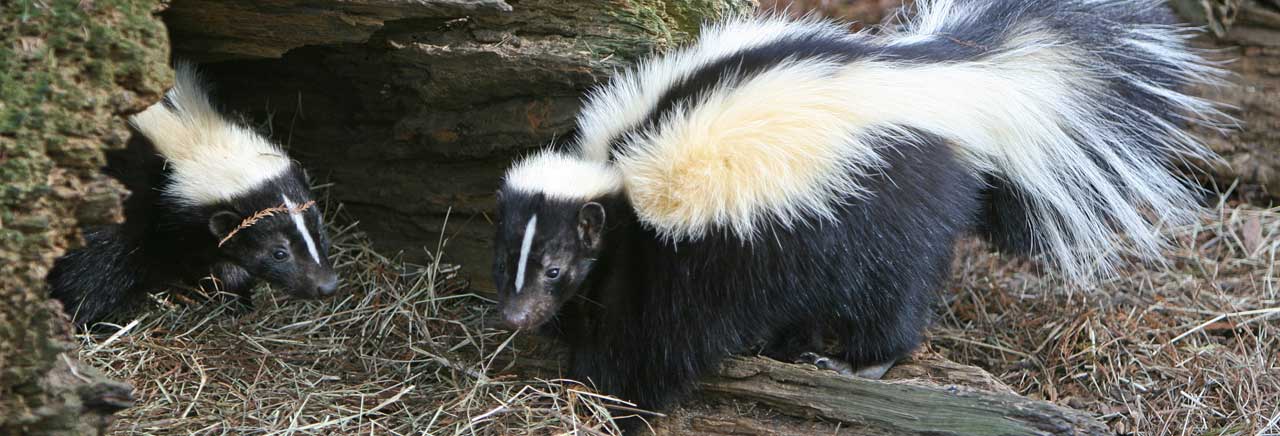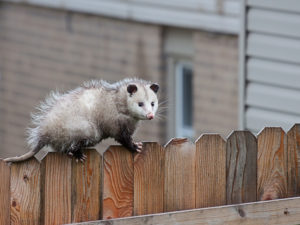
We are finally into the warmer months of the year which are active seasons for most animals in Central Pennsylvania! We offer custom solutions to seal and protect your home.
Some animals search from top to bottom for any weak spots. Once they find one, they will turn it into their new front door!
We’ll highlight the benefits of our gutter cleaning services, custom vent screening, vent guards, and gutter guards. Additionally, we also install chimney caps that protect your home from a variety of issues.
Vent Guards and Custom Screening
Some vents come with built-in screening. However, most of these built-in screens are not strong enough, which allows animals to chew through them.
The vent guards we use cover typical vents such as dryer vents and bathroom vents. For other vents that are custom to each home like dormer and gable vents, we create a custom screening solution that prevents animals from entering your home. We create a cover out of heavy gauge wire and aluminum for a perfect fit and protection.
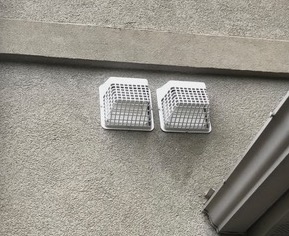
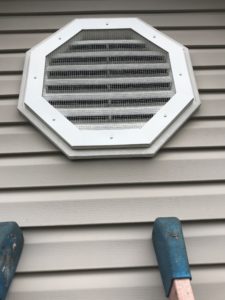
Different Animals that Exploit Vents
Birds find vents to be optimal nesting areas due to the protection and warmth. Raccoons, squirrels, and mice are excellent climbers. Moreover, mice use brick, stucco, stone, and other textured exterior elements to scale your home. Bats will often use vents and other small openings to gain access to your attic or living space.
Our custom screening solutions not only seal your home but match your home’s aesthetics to create a unified, finished look.
Gutter Cleaning and Gutter Guards
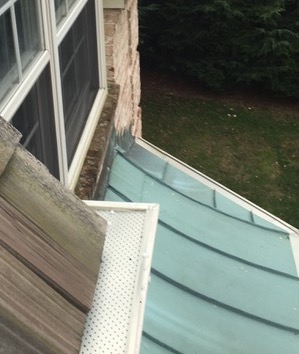
Typically, without any gutter guards, gutters should be cleaned out a few times a year. Gutter guards are not a permanent solution, but they significantly reduce the number of cleanings. With gutter guards, gutters should be cleaned once every 1-2 years. They act as a filter that is installed over your gutters that prevent debris from entering your gutters. Ultimately, this prevents clogging and allows rainwater to be drawn away from the roof.
We offer regular gutter cleaning services as well as gutter guard installations.
Backyard Wildlife Solutions has over 15 years of experience installing chimney caps, gutter guards, and custom vent screening. Please give us a call or use our contact form to find out more about our exclusion methods!
